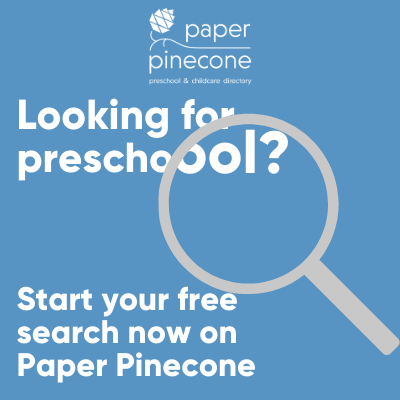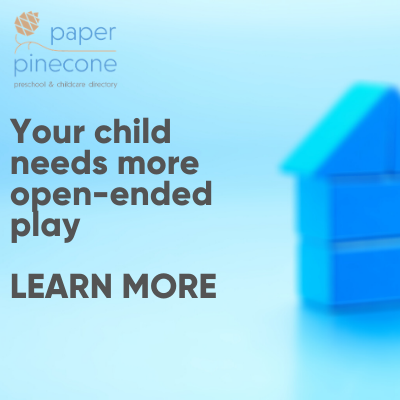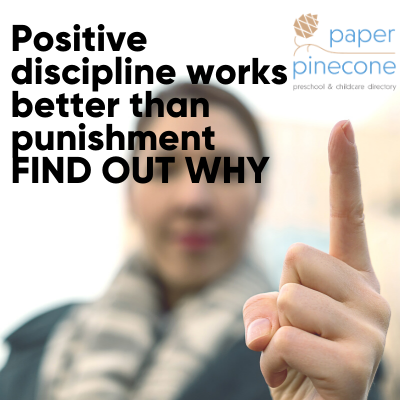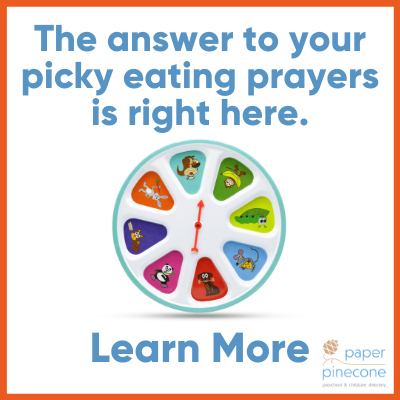The Pros and Cons of Montessori Preschool
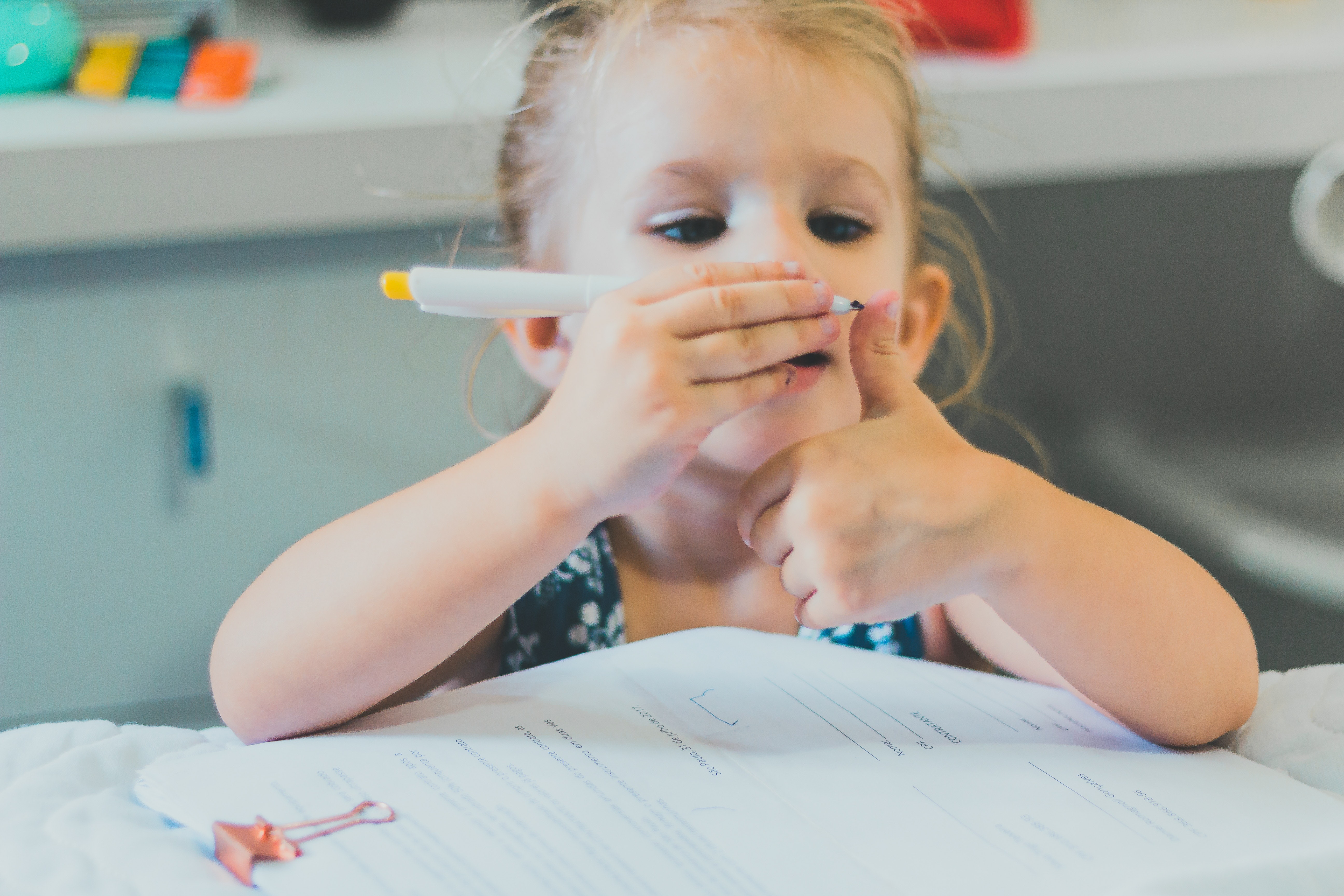
Published Date: 01/15/20
What are the benefits and drawbacks of Montessori preschool?
Montessori is one of the most well-known names in educational pedagogies, but most parents don’t actually know much about it. It is one of many play-based philosophies implemented in preschools across the world.
The Montessori Method was developed by Dr. Maria Montessori in the early 1900s. She formed many of her ideas while working with intellectually disabled children at her first school, Casa Dei Bambini, which was a simple school open to the children of working-class people in the poor Roman neighborhood she lived and worked in.
She came up with a child-centered education model that focuses on child-led activities, which Montessori called “work.” The classrooms in this model have children of varying ages with the teachers, sometimes called guides, encouraging independence among the pupils.
Today, the Montessori approach is famous for its emphasis on independence, personal freedom (within limits), and respect for a child’s natural physical, psychological, and social development.
What you need to know about the Montessori Model
Dr. Montessori believed that children learn best when they choose what to learn. This is the philosophy that forms the basis of all Montessori preschools today.
Here is how a typical Montessori classroom will look different from what you might be used to:
- Activity stations for children to choose from
- Natural materials that are placed within reach of children that allow for free choice
- No central classroom focal point for teacher to stand
- A focus of the child’s entire development (social, intellectual, emotional, physical)
In this way, the Montessori approach is based on hands-on learning, self-directed activity, and collaborative play. Children make their own choices in what they want to learn, and teachers offer age-appropriate activities to guide the process.
The model has two basic principles:
- Children have to engage in psychological self-construction. This means that they have to interact with their environments, including other children and teachers that they share their environments with.
- Children have a clear path to psychological development. The teachers are only there to guide them down that path.
Children have a clear path to psychological development. The teachers are only there to guide them down that path.
- A Montessori preschool environment will emphasize the following qualities:
- A layout that facilitates movement and activity
- Beauty and harmony, with cleanliness as a focus
- Construction in proportion to the children and their needs
- Limitation of the materials included so that only the materials that support the child’s development are included
- Order throughout the classroom
- Presence of nature in and out of the classroom
Learning in a Montessori Classroom
Most Montessori classrooms are clean, well-organized, and uncluttered. The space is inviting, making the children feel calm and focused.
There will be dedicated spaces for group activities and rugs and couches for the children to sit and relax. Every item in the classroom is easy to access, further promoting the desired level of independence.
A Montessori classroom will have well-defined areas for different parts of the curriculum:
- Practical life: this enhances the development of task organization and cognitive order. The child will learn how to care for themselves, how to care for the environment, how to be courteous, and how to coordinate their own physical movement.
- Sensorial area: helps teach the child how to order, classify, and describe their sensory impressions. All concepts of length, width, temperature, texture, color, pitch and mass will be learned here.
- Mathematics: helps the child learn about numbers, symbols, sequence, operations, and memorization.
- Language arts: includes oral language development, written expression, reading, grammar, creative dramatization, and children’s literature. Basic skills in writing and literature are developed here.
- Culture: here the child will learn the basics of geography, history, and life sciences. Music and art are also part of this integrated curriculum.
Nature is also an important central theme in many Montessori preschools. This is why a lot of them have flowers, live plants, rock gardens, seashells, or some other kind of nature aspect within them.
What’s the difference between Montessori and other play-based preschool?
Montessori is one of several play-based approaches to learning, however there are key features in a true Montessori school that you won’t find elsewhere.
Montessori schools believe that play is a child’s work. Therefore, they feature child-directed programs that emphasize active, self-paced and individualized learning. Children get to choose activities that suit their interests and play/work for uninterrupted blocks of time.
The role of the teachers, therefore, becomes observing and tracking the progress of the children and facilitating their use of the materials they need. The end goal here is that the children will become more confident, more independent, more self-regulated, and more self-disciplined.
Play-based centers, on the other hand, believe that kids learn best through play. Playtime is therefore open-ended and unstructured, although the preschools tend to be more teacher-directed than Montessori schools.
The kids get to take part in a wider range of play-based activities, including pretend play, while the teachers respond with educational lessons. The end goal here is to help the children develop their problem-solving skills, along with cooperation, conflict resolution, and social skills.
The environments
Both preschools often have carefully designed, supportive environments. Montessori preschools are usually organized into the five curriculum areas: math, language, practical life, culture, and sensorial. Play-based centers can also be arranged into stations or areas based on particular activities or themes.
Play-based preschools are typically highly structured in terms of time: there is a set activity for every time of the day. However, they are loosely structured when it comes to space. Montessori preschools are highly structured in terms of space, such that if you know where the children are in the room, you know what they are doing. However, they are loosely structured when it comes to time.
The benefits
With Montessori preschools, the children get to be active within their own pace and rhythm. They become more self-regulated, children can let their imaginations flourish, and their social skills also develop very rapidly.
Pros of Montessori education
Here are some of the benefits of this educational philosophy:
- An emphasis on independent, hands-on learning - Montessori environments encourage children to work, develop, and learn at their own pace. They get exposed to lessons, activities, and materials that build upon their individual skill sets, allowing them to progress in their development as individuals.
- Enhanced social interaction - Children are fascinated by what other children are doing. The Montessori model capitalizes on this by grouping children of different ages together in the same learning environment. The fact that most Montessori classrooms are mixed-age means that they will foster peer-to-peer learning. This leads to natural growth that cannot occur in a uniformly-aged classroom.
- Clear focus on developmental stages - This is especially true for younger preschool-age children in the program. Younger kids get to focus on honing their language skills, four-year-olds work on their fine-motor skills and everyday activities, while older ones broaden their learning experience with social interaction, community experiences, and trips and special events.
- Children learn self-discipline naturally - While Montessori schools give children a lot of freedom, there are specific ground rules for the class that the teachers and other students enforce. In doing so, the children learn self-discipline while at the same time refining specific important skills such as concentration, self-control, and motivation.
- It cultivates a love for learning - Montessori education encourages a love for learning. Once a child has been inducted into the Montessori model, they remain perpetually curious about the people and the world around them. Learning becomes an enjoyable, life-long process as opposed to being a burden that is lifted at the end of a school day. This benefit can stay with children their entire lives.
- It is inclusive of special needs children - From the very beginning, Maria Montessori included the needs of special needs children in her vision. She was a co-director of an institute for special education teachers, and this background ensured that the tenets of Montessori education serve special needs kids well.
The fact that children get grouped with other kids of different ages means that there will be less pressure on the special needs children to keep up with their peers while at the same time allowing them more freedom to grow and earn at their own pace.
Plus, Montessori’s philosophy allows for all children to get individualized education, such that a particular lesson plan can have each child’s name on it and different goals and ideas for their unique learning style. This helps kids with special needs to learn at their own pace.
Cons of Montessori education
- It can be prohibitively expensive - The acquisition of many durable and high-quality learning materials, along with the in-depth training that is needed to help young children get the most out of these items can be quite expensive. This is why the most fully implemented programs can be quite expensive.
- It is not accessible to everyone - Most Montessori programs are private, admissions-regulating, and tuition-charging. This makes it difficult for most low-income kids to attend. In the end, even though it was not part of Maria’s original vision, Montessori has become predominantly white and privileged, largely because most inner-city students of color cannot afford to attend such schools.
- Some people find the curriculum too loose - The Montessori curriculum is obviously less structured than usual. It is up to the teacher to make sure that the kids progress according to a specific set pace. While this approach can work well, it also makes Montessori education prone to letting some subjects fall by the wayside.
- Too much focus on independence - Montessori preschools teach you to think on your own terms. While this mindset is important, when the kids grow up and have to transition into the workforce, it can be hard to adjust especially when you consider the fact that these are very team-oriented environments. Collaboration is a life skill that is not addressed well in the Montessori model.
- Lack of structure - For some children and some families, the lack of structure is an issue. Some children need more routine and instruction than others. Quite simply, not all children thrive in the same environment.
Important distinction to make
It is important to remember that while there are schools that follow strict Montessori rules, a lot of preschools simply follow Montessori guidelines.
In a Montessori classroom, your child will be part of a group of 3 to 6-year-olds. Strict Montessori rules will have your child staying with the same teachers for more than a year. This allows the formation of a family-like community, where older kids help teach the younger ones and gain confidence in their skills, and all kids get to choose their own activities at their own pace.
Schools that follow Montessori guidelines only take these principles and implement them as they thin is appropriate. For example, a teacher’s guidance may be a bit more present in the classroom, as opposed to allowing for much more independence.
Is Montessori better?
First, as with any preschool, a Montessori school it is only as good as its teachers and staff. Second, children thrive in different environments so there isn’t one situation that’s right for all children. Third, ‘better’ really depends on what metrics you’re using.
In the United States, the vast majority of programs that say they’re Montessori don’t strictly follow the philosophy, but instead, borrow from it. Studies have found mixed results on the academic benefits of Montessori, but it’s frequently difficult to determine if the modifications to the structure of the Montessori program have had an impact on students’ success. One study looked only at authentic Montessori schools, that adhered strictly to the principles of the philosophy, and found some children fared better academically later in life versus their non-Montessori peers. Other studies have shown some social and emotional benefits to the approach.
The bottom line
When it comes to choosing a preschool, there’s no right or wrong for everyone. Research Montessori schools as well as different philosophies, tour several schools and ask the right questions, find a school that shares your values, and look for high-quality interactions between teachers and students.
Paper Pinecone is a thought leader in Early Childhood Education and the best way for parents and providers to connect. Parents search thousands of providers at no cost and providers always list free. Get started today.
- stacey's blog
- Log in or register to post comments
